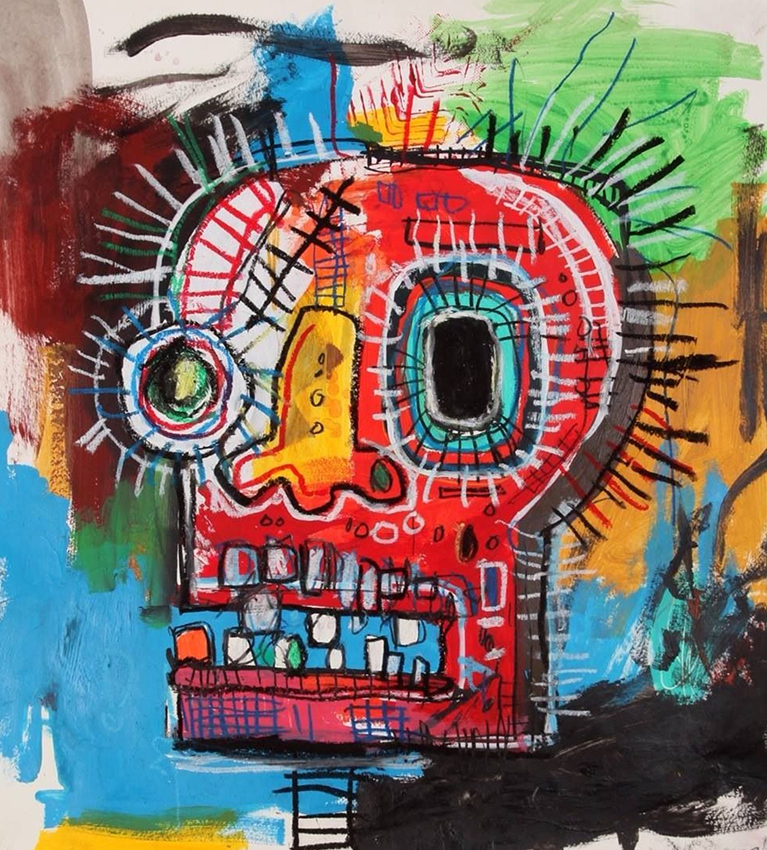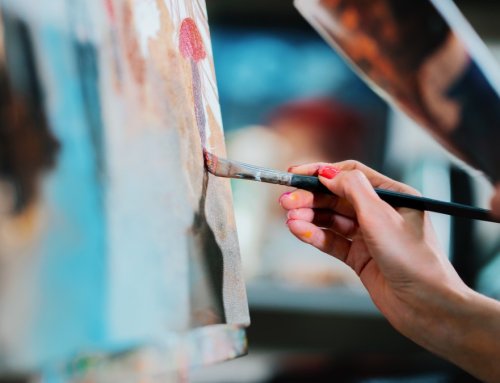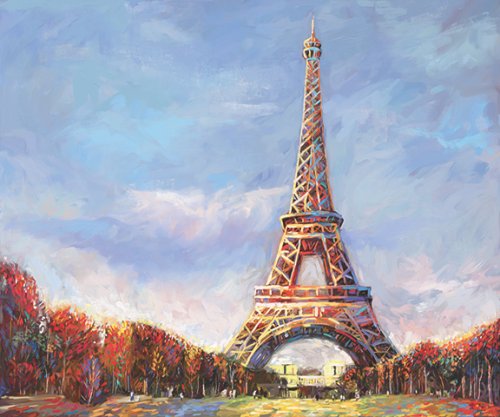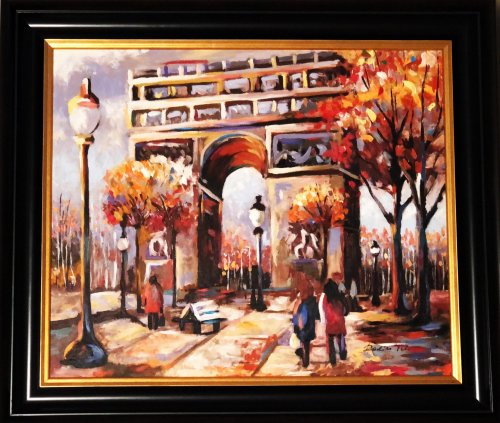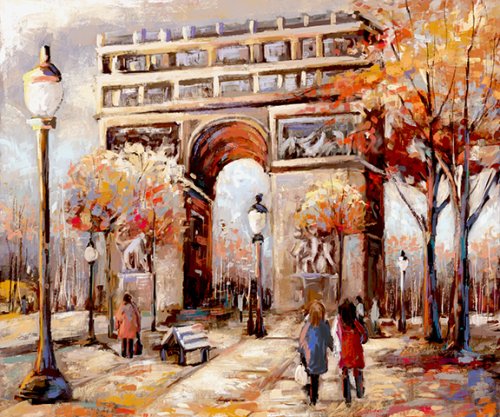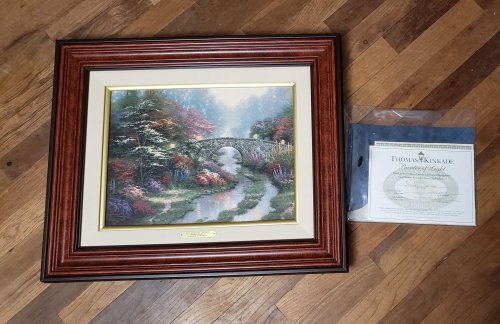In 1984, contemporary artist Jean-Michel Basquiat’s work “Untitled” sold for $19,000 at auction. In April, it fetched $110.5 million, a record for an American artist at auction.
Ultra-rich buyers are increasingly looking to a group of “superstar” artists like Basquiat when it comes to investing in art. The result: record high prices at the very top of the market.
Winner-take-all economy?
In the contemporary art market, just 25 artists accounted for nearly half of public auction sales in the first six months of the year, according to data from Artnet Analytics. Some art experts call the market a “winner-take-all” economy failing to attract buyers outside of the very top end of the pay scale.
“It’s attractive only at the top end, but only a handful of players are active there,” said Magnus Resch, an art market researcher and entrepreneur.
“The market struggles in converting viewers, visitors, into buyers, people who actually pay money for an art work,” he added.

Artist Danny Minnick at work in a London studio.
CNBC | Benjamin Hall
Lack of transparency
Resch said a lack of transparency in art prices is the main reason new buyers aren’t investing in art. He founded an app called Magnus that describes itself as the “Shazam for Art. ” When the app’s users point their smartphones at a piece of art in a gallery, it pulls up historical price information for the work.
Gathering price information for art can be arduous. The 2017 TEFAF Art Market Report, which tracks data from auctioneers, dealers, collectors and art sales databases, found buyers are increasingly conducting sales in private.
“The art market is just completely opaque and really hard to figure out,” said Madelaine D’Angelo, co-founder and CEO of Arthena, a technology start-up that enables investors to put money in various art market sector funds.
Bringing in new buyers
D’Angelo said she founded Arthena as a product that combines art and finance. The company uses quantitative research, like sales from auctions, to help investors build a diversified art portfolio. D’Angelo said technology companies can make the art market more accessible — and can generate big rewards for investors looking for a place to store their wealth.
“When invested well you can make phenomenal returns in the market,” D’Angelo said.

Frieze Art Fair in London is a major venue for new art buyers.
CNBC | Benjamin Hall
Art fairs are another venue luring in new buyers. Sales at art fairs hit $13.3 billion in 2016, an increase of 57 percent since 2010, according to research from Art Basel and UBS.
“It allows young collectors, new collectors to the market to understand to navigate the art world in an accessible way,” said Alex Donaldson, an art curator and consultant in London.
Donaldson said buying art, like any other investment, requires taking on risks. She helps new art buyers determine their tastes and preferences and set a budget, which she said doesn’t have to be millions of dollars.
“Work out what your budget is, what you’re looking for, and try to stick to that,” Donaldson said.

